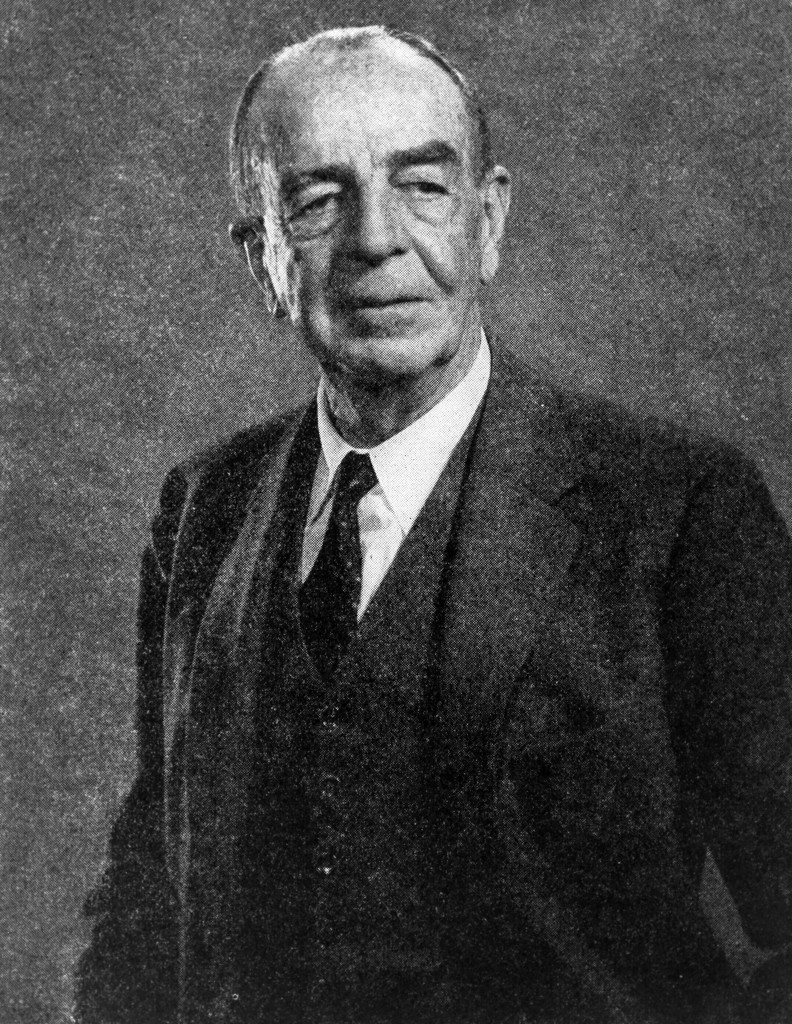Adelbert Ames, Jr.
Adelbert Ames, Jr.

Adelbert Ames, Jr. was born on August 19, 1880 in Lowell, Massachusetts. He attended Phillips Academy at Andover and earned his undergraduate and law degrees at Harvard in 1903 and 1906, respectively. After working as a lawyer in Boston for four years, Ames abandoned that career and turned to painting. He collaborated with his sister, Blanche Ames Ames, in developing the System of Color Theory, which involved mixing and charting over three thousand different color variations. This in turn led to an interest in the physics of how the human eye perceives color.
In 1914 Ames received a research grant in physiological optics and moved to Worcester, Massachusetts to work with Clark University professor Wallace Baird in that field. He served as an aerial observer in World War I and afterwards (due to Baird's death) relocated to Dartmouth College in Hanover, New Hampshire to work with Charles Proctor. Fascinated by his inquisitive mind, the Dartmouth administration created the faculty post of Professor of Physiological Optics for Ames, wherein he did not teach and was free to devote all his energies to research.
Around 1924 Ames's work yielded the important discovery that in certain people the two eyes do not perceive the same object in the same dimensions; many suffered from debilitating headaches as a result, the source of which had mystified doctors for years. The condition was named "aniseikonia," the Dartmouth Eye Institute was subsequently founded, and people flocked to it for successful treatment in the form of compensating lenses. Ames was also famous for creating the American Indian bust that Shawmut Bank of Boston adopted as its trademark, and he was well-known for inventing the Ames Demonstrations in Perception, the most famous of which is a full-sized room that looks normal but in which people appear to shrink as they walk across it. He also discovered that as many as 20% of humankind cannot perceive level when they see it, a matter of obvious concern to naval aviation, and he worked extensively with aircraft carrier pilots during World War II. After the war he took up the problem of vision in automobile traffic, and his findings have been instrumental to the work of U.S. highway departments and safety organizations.
He received OSA’s Edgar D. Tillyer Medal in 1955.
Adelbert Ames, Jr. died in 1955.
Document Created: 26 July 2023
Last Updated: 28 August 2023
